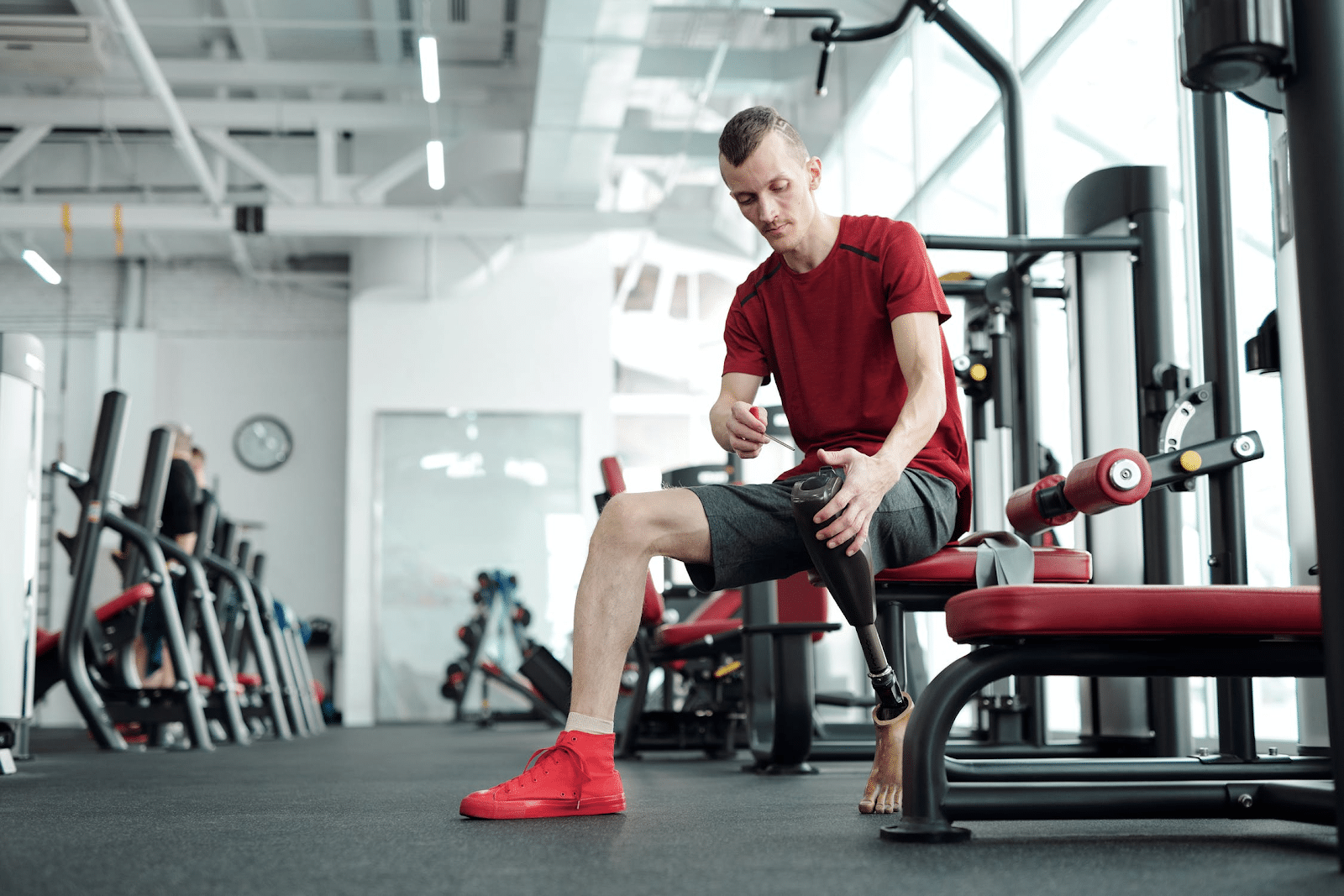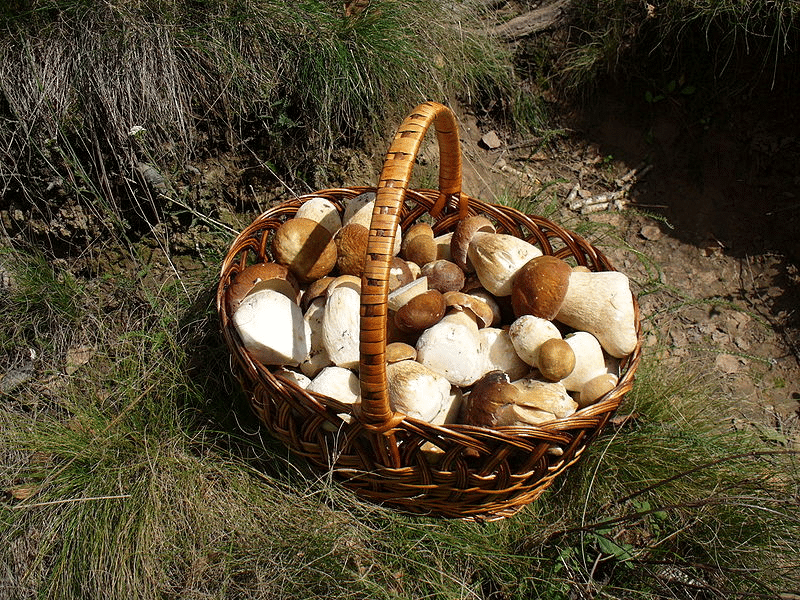6.1 – snažit se – ‘to try’
One verb we will encounter in several of the Reality Czech interview videos is snažit se – 'to try', and as you can see below, it’s really good to use this when talking about the activities that you engage in:
|
Jenom aerobik třeba. A snažím se běhat někdy, ale… |
Nehraju žádnou hru, ale snažím se trošku pracovat na své fyzičce, to znamená, že se snažím udržovat v kondici. |
Snažíme se udělat[1] si každý den alespoň trochu volného času. |
Snažím se hrát na kytaru. |
The main things to remember:
|
Obvykle se snažím cvičit jednou nebo dvakrát týdně. |
Snažíme se odpočívat každý den…a to někdy celý den. |
Moje babička se na podzim snaží sbírat houby každý víkend. |
Note on Trying – There are different verbs for trying, such as ochutnat ‘to try (food, drink)’ and more generic zkusit ‘to try’, which is typically what you’ll use when trying something out/on (clothing, a new game, a different technique, etc.).
Note on Reflexives – Just remember that while some reflexive verbs seem to make a lot of sense to us (as to why they are reflexives), others sometimes do not. Snažit se seems to be one of those verbs you just have to learn is reflexive and memorize it as such. Just remember to put se in 2nd position. This means that if you start a sentence with já… or často…, or continue a sentence using protože…, then se will be your next word. You can review reflexives in 2.5 – Reflexive se and si and 2nd position.
Images used in this document come from these sources.
[1] udělat ‘to do, make’ is a form known as the perfective form, a verb related to dělat ‘to do, make’. The difference is that udělat focuses more on completion (i.e. getting it one). Obviously that’s a little abstract at this point and there’s no need to worry about it for now. We will learn more about these forms later in unit 6, as well as units 7 and 8.






